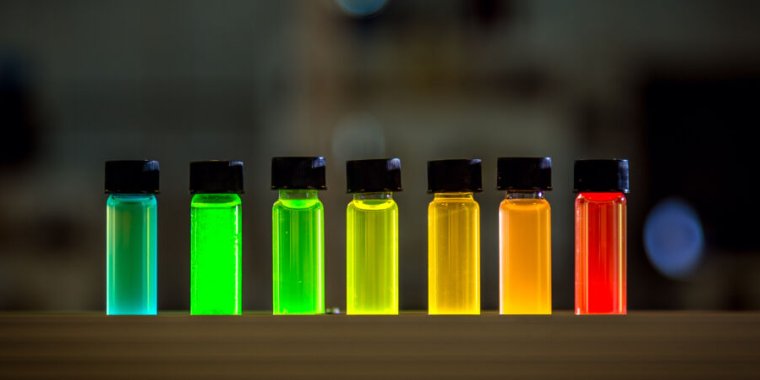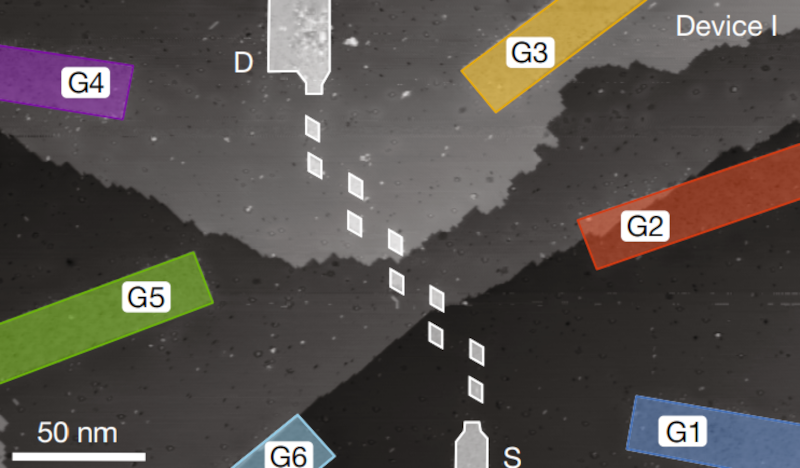"Meet QDEL, the backlight-less display tech that could replace OLED in premium TVs."
"The next step could be QDEL, short for 'quantum dot electroluminescent,' also known as NanoLED, screens. Not to be confused with the QLED (quantum light emitting diode) tech already available in TVs, QDEL displays don't have a backlight. Instead, the quantum dots are the light source. The expected result is displays with wider color spaces than today's QD-OLEDs (quantum dot OLEDs) that are also brighter, more affordable, and resistant to burn-in."
The article is sparse on details on how this technology might work.
"Quantum dots" are, from what I can tell, a fancy term for "nanoparticles" that emit light when they are stimulated. They are typically made from cadmium, indium, or zinc compounds, and now perovskites, those compounds we've been hearing about in the context of solar energy panels. The color of light they emit is related to their size, with 5 to 6 nanometer (nm) quantum dots emitting reds and oranges, while smaller quantum dots, in the 2-3 nm range, make your shorter-wavelength greens and blues.
The article says they don't require a backlight, but from what I understand, there does need to be an energy source that gets the quantum dot nanoparticles into an excited state for them to release photos at the intended wavelengths. So there needs to be a UV or deep blue "backlight" powering the quantum dots. But it's not a backlight in the conventional sense, which is a light source that gets reduced by a filtering layer, and what you see is the light from the backlight minus the light removed to make your TV image.
The quantum dots usually have a 2-layer "core" and "shell" structure. The inner "core" is the primary generator of the emitted light. The outer "shell" layer exists primarily to keep the quantum dots from sticking together ("aggregation") and to get them to disperse. However, the outer "shell" layer can also "fine tune" the color of the emitted light.
What is the point of all this? Greater brightness, greater dynamic range, more vivid colors, and greater longevity with long-term use.
Meet QDEL, the backlight-less display tech that could replace OLED in premium TVs | Ars Technica

